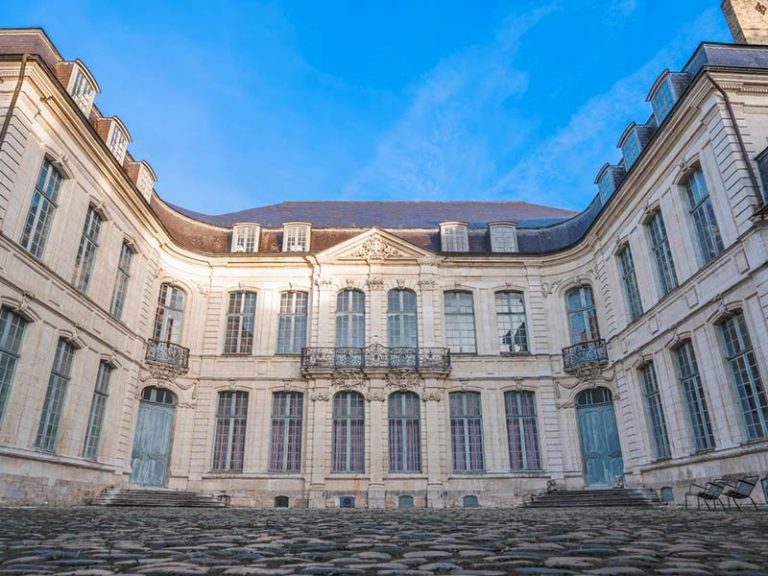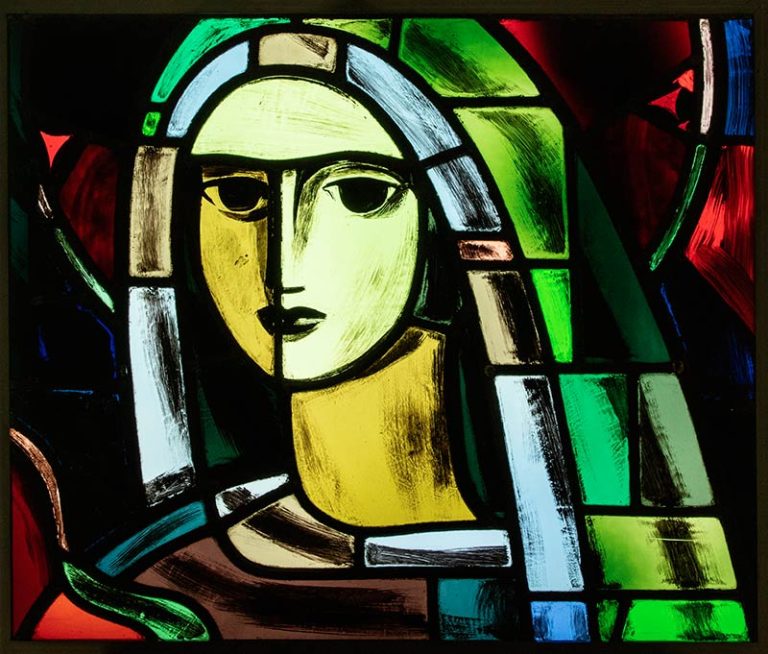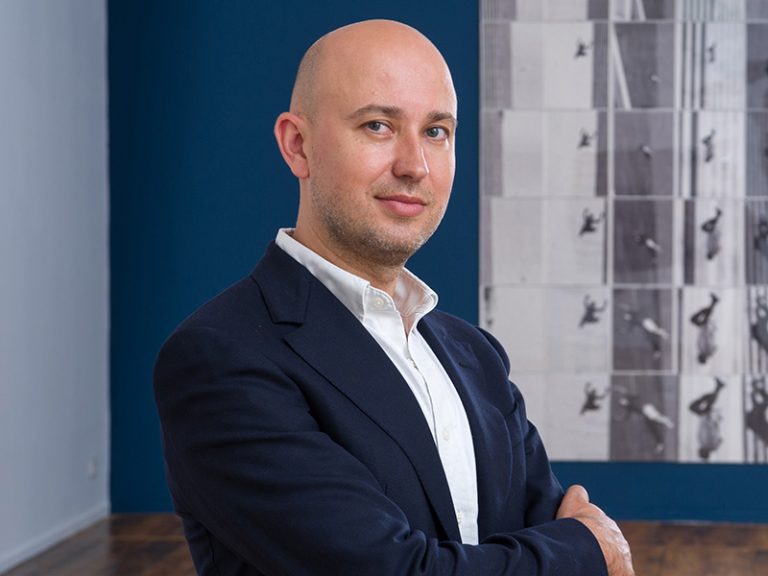Italy. Archaeologist Massimo Osanna has been, since 2020, the general director of national museums in Italy. After studying classics, he obtained a doctorate in Greco-Roman archeology at the University of Perugia. From 2002 to 2007, he was part of the management committee of the specialized school of archeology at the University of Basilicata, before being its director from 2009 to 2014. That year he was appointed special superintendent to save the site of Pompeii in danger. The success of his mission ensured him the recognition of the scientific community and great notoriety among Italian public opinion.
The Franceschini reform granting broad autonomy to major Italian museums was adopted ten years ago. What conclusions do you draw from it?
Massimo Osanna: It is extremely positive as proven by the results displayed by the museums which have benefited from it. The most emblematic ones such as the Uffizi in Florence or the Colosseum in Rome, but also those of Taranto, Reggio di Calabria or the ducal palace of Urbino have all experienced new momentum. The number of visitors has doubled on average and the offer offered to the public has been considerably enriched. Museums are no longer places that you visit only once and essentially reserved for tourism; they have become places of reference for the local population, real cultural crossroads with not only exhibitions but also activities and performances.
Soon, the number of independent museums will increase from 44 to 60. This will notably concern the historic palaces of Viterbo, the Villa Lante, the Archaeological Museum of Florence, the Medici villas in Tuscany and the Palazzo Farnese in Caprarola. Recruitment of directors will be launched in October.
Current foreign directors will not be confirmed. How do you react to the controversy over the commission responsible for appointing their replacements?
MO : The commission is made up of lawyers and management specialists. Museums are places of culture, but they must be managed and express their enormous economic and social potential. It is not simply a question of increasing ticketing revenue but of making it a development lever for the regions where they are located.
Regarding the nationality of directors, this is by no means the end of the presence of foreigners at the head of major cultural institutions. The minister simply believes that it is strange that with all the talents we have in Italy the biggest museums are run by foreigners. It would just be appropriate to balance the nominations more. As he likes to say: could an Italian run the Louvre? Eike Schmidt at the head of the Uffizi in Florence, for example, is a competent person who could perfectly manage another museum on the Peninsula. This is also the case for his other foreign colleagues.
What are the three main challenges that Italian museums face?
MO : The first is digitalization. This is fundamental because we need to bring many museums into the contemporary world. One of my main projects is the creation of a large national digital platform. We launched the “Musei Italiani” application which collects updated information in real time from 130 of the 460 national museums. In a few months, they will all be part of it.
The other challenge is that of accessibility. Not just physical for people with disabilities. Museums must be accessible to all types of public, be welcoming places that speak to everyone and not just specialists. This has long been the serious error of archaeological museums which used inadequate language to address the greatest number of people.
The third challenge is that of anchoring in the territory. Museums do not simply form a network among themselves but must collaborate with all local institutions. But also with private actors. Private-public partnerships, including for management, should neither be taboo nor frightening. Our heritage is immense and requires maintenance which is extremely costly. Too many places are abandoned which could be entrusted to private actors to save and develop them.
What are your budgetary outlook for next year?
MO : I have already asked the Minister of Culture for many more resources. I want 50 million euros for my priority which is the planned restoration of heritage. It currently only exists for large sites like Pompeii with a team of 70 people (restorers, architects, engineers, etc.) essential for preventive interventions. This model must be generalized. Without restoration, our archaeological sites literally fall into tatters. I also want more funds to deepen scientific research in museums and increase the number of archaeological excavations. Finally, I manage a fund financed by 20% of the revenues of major museums. As the number of their visitors has increased this year, we will have 25% additional financial resources compared to 2019. This will make it possible to support more modest museums.
What is your position on restitution of works of art?
MO : I opened a round table on this subject and a committee was created within the Museum of Civilizations in Rome which has already undertaken to carefully identify and catalog the collections of the former Italian colonial museum. It is imperative to know what objects we are talking about and how they arrived in our collections: purchase, donation, spoliation, etc. Diplomatic activity can then be carried out with the countries concerned. I believe that any object acquired through colonial violence must be returned. This is obviously the case with the Benin bronzes. But we must not indulge in political correctness. We must pay attention to how these objects will then be preserved and exhibited in their country of origin. Restitutions should not be considered generally but on a case-by-case basis.







